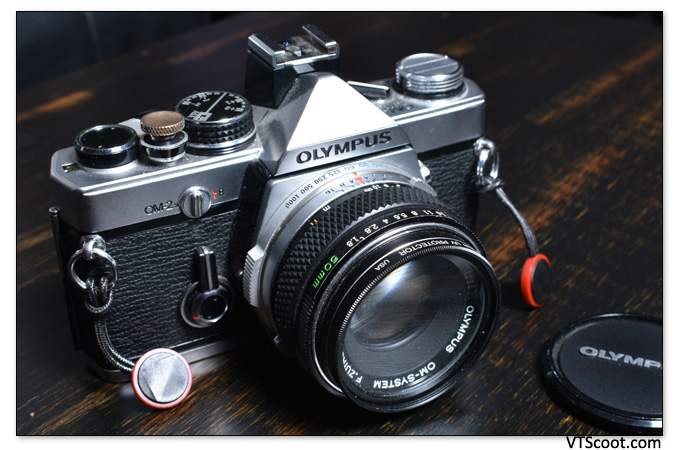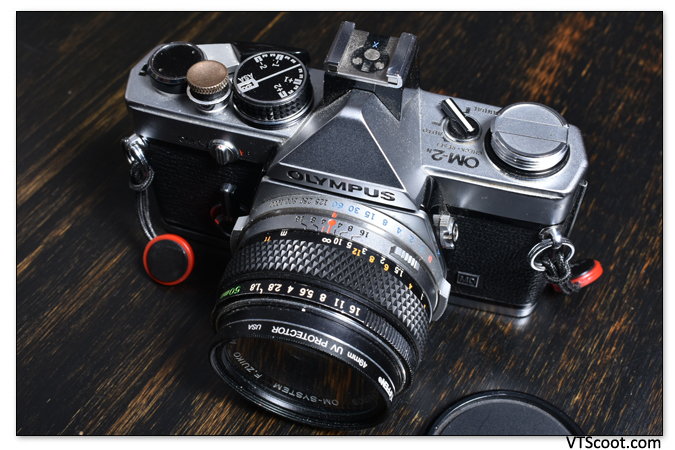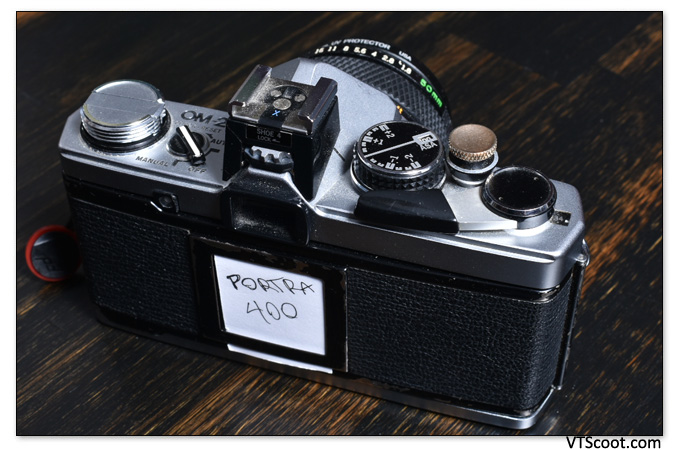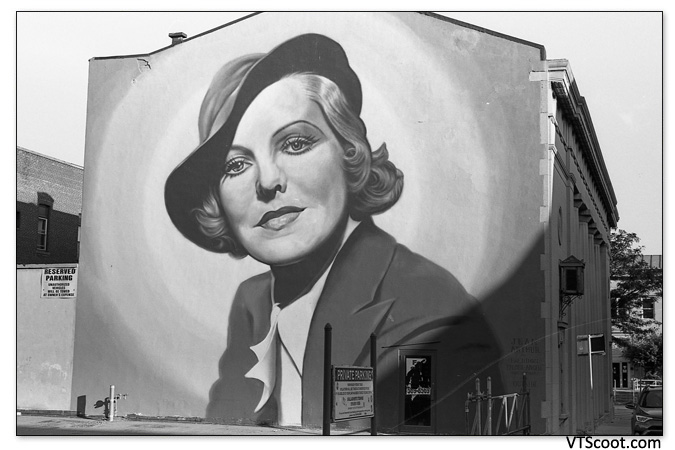Olympus OM-2

It’s compact and stylish, and easily one of my favorite cameras to bring with me. It’s easy to take with you, easily one of the smallest SLRs ever made. That was the goal, to create an SLR that could compete with the Leica M series of rangefinder. Originally, the name of the OM-1 was the Olympus M1 (named after Yoshihisi Maitani, the camera’s designer), Leica pitched a fit, so Maitani added an O (for Olympus, of course) and everyone was happy.

Unveiled in 1975 as a sequel to the very successful OM-1, the OM-2 is nearly identical, with the exception of the controls on the top plate. The same rugged brass body as the OM-1, and everything is metal. No plastic. All the settings click into place just right, and the Zuiko line of lenses is considered one of the most underrated in the world of manual-focus Era lenses. They are fantastic. I love them. Light metering is very precise, one of the best light metering systems of the mid-70’s, and the shutter speed dial is situated at the back of the lens body, rather than on the top plate like most cameras of the era. Once you get used to the action it makes a lot of sense. Aperture, shutter speed and focus is all done with the same hand on the lens, no need to remove your eye from the bright, 97% viewfinder to locate and change a knob on the top plate to change any of these crucial settings.

The OM-2 has all that the OM-1 brings to the table, plus an aperture-priority metering system, as well as manual. The OM-1 only has a manual metering set up. It also has a stop adjustment dial on the top to stop up or down the exposure. I always shoot stopped down 2/3 to a full stop, on the OM-1 that required fiddling with the asa setting, on the OM-2 I have a convenient dial to adjust the value in 1/3 stops. To anyone who doesn’t know what this means, it basically means you are shooting as though it were a more light sensitive film so that it will over-expose the film slightly. Modern films have a wider latitude for over-exposure, and I’ve always found better detail when I change the setting a click or two, or three, into the “+” direction.
Olympus always made rather attractive cameras, the OM series is no different. It has a great look, whether it’s the black leather-covered metal body with chrome accents, or the all-black models, the design of the OM cameras are some of the most attractive 35mm SLRs made. Whenever I bring it out for a spin it gets noticed. Looks are important, it’s what attracts us to a product and it makes us feel great when we’re using the products. I mean a Honda Magna will get you where you want to go, but wouldn’t you just look better on a Triumph Scrambler? If given the choice I’d go with a pretty bike over a less-than-pretty bike. If a pretty camera is every bit as capable as a generic kinda blah camera body, sign me up for the beauty queen!
Unfortunately, last summer Olympus sold off their camera line, and it’s uncertain whether the new company will continue to produce Olympus cameras. So now Olympus likely joins the ranks of names like Minolta, Konica, Yashica, Bronica, Contax, Agfa and many others, heralded camera companies now known as former camera companies. Camera producers are less and less for the general public and more for the hobbyists and professionals, now. At one time every family seemed to have at least one camera, but now the smart phone has filled that role more and more, so the camera market has slimmed down dramatically. Once there were scores of camera manufacturers, nowadays the market is dominated by three.
The OM-2, now pushing 50 years of age, is still widely available and can be purchased in good condition, with lens, for under $200. It’s a great camera, great for beginners and great for the rest of us as well.






